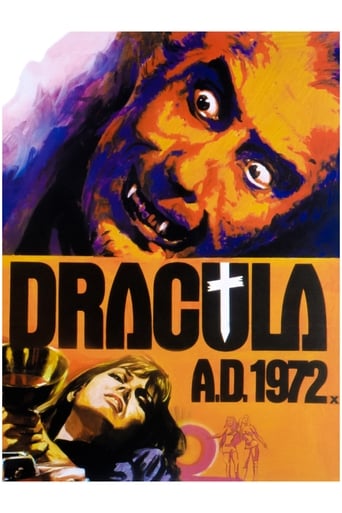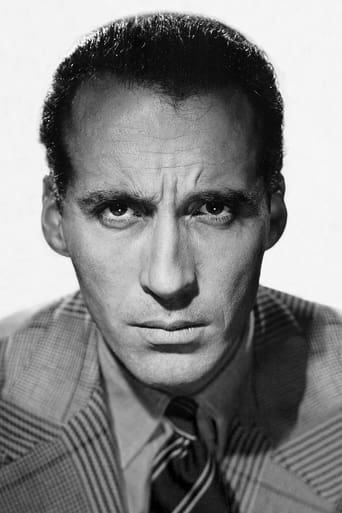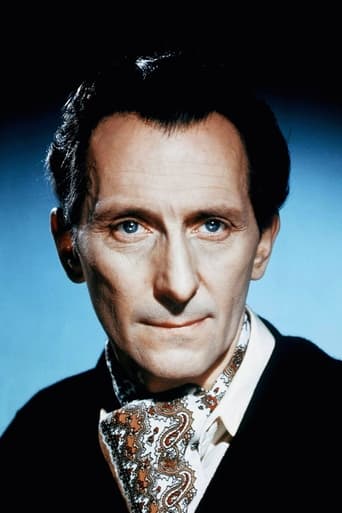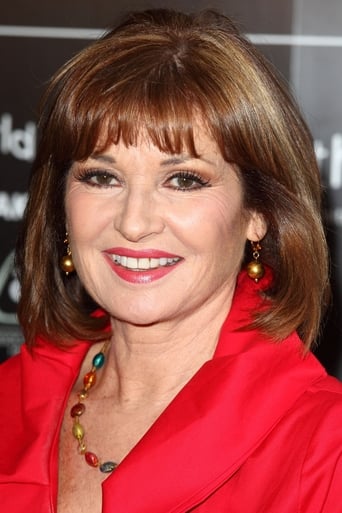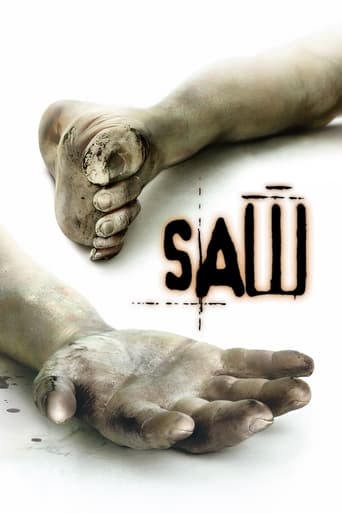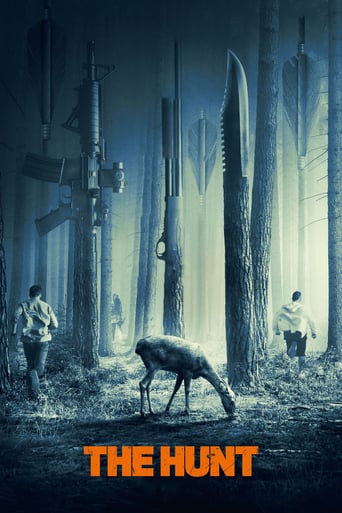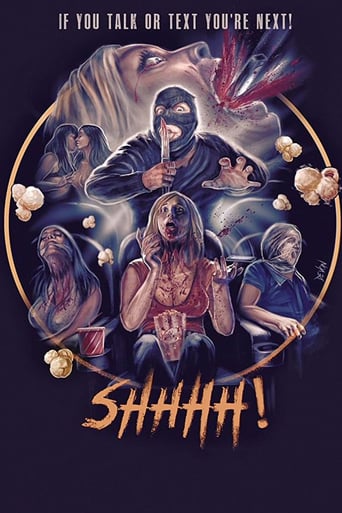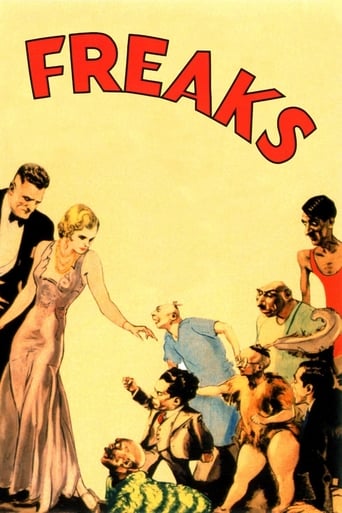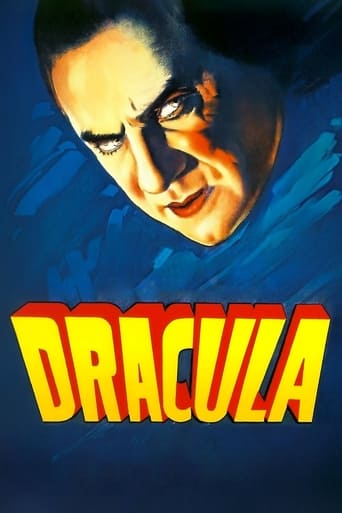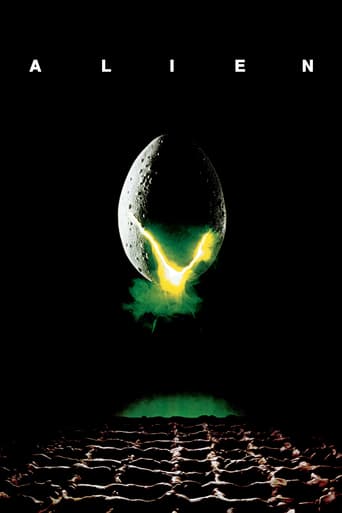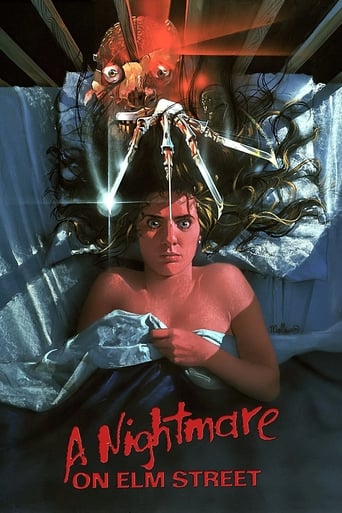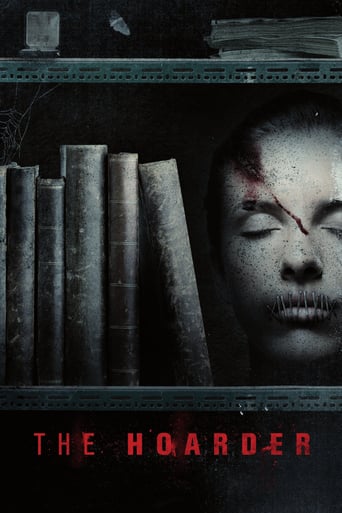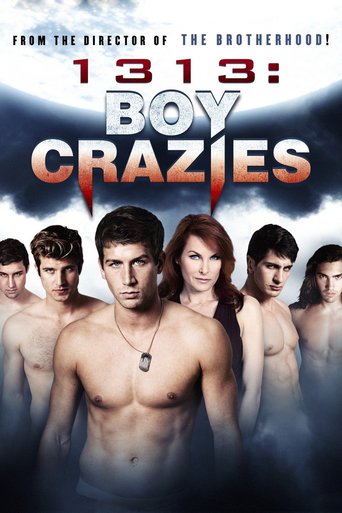Dracula A.D. 1972 (1972)
Set in London in the early 1970's, supposedly for teen thrills, Johnny organises a black magic ceremony in a desolate churchyard. The culmination of the ritual, however, is the rejuvenation of Dracula from shrivelled remains. Johnny, Dracula' s disciple, lures victims to the deserted graveyard for his master's pleasure and one of the victims delivered is Jessica Van Helsing. Descended from the Van Helsing line of vampire hunters her grandfather, equipped with all the devices to snare and destroy the Count, confronts his arch enemy in the age-old battle between good and evil.
Watch Trailer
Cast


Similar titles
Reviews
the audience applauded
Best movie ever!
One of the worst ways to make a cult movie is to set out to make a cult movie.
The film's masterful storytelling did its job. The message was clear. No need to overdo.
Despite the presence of Hammer's iconic Gothic duo of Peter Cushing and Christopher Lee, "Dracula AD 1972" is a pretty mundane entry into the Dracula canon. Briefly, a group of counter-culture types get tricked into an unholy attempt to resurrect the blood-sucking count by "Johnny Alucard" (Christopher Neame) with predictable results. One of participants at the dark ceremony is the granddaughter of Professor Lorrimer Van Helsing (Cushing), who is in turn the grandson of Lawrence Van Helsing, who had dispatched the vampire exactly 100 years earlier and a vengeful Dracula (Lee) is out for blood, figuratively and literally. Cushing and Lee are fine playing their standard tropes but the youths are an uninteresting bunch and I doubt if anyone will much care if they live or die or undie. The worst part of the film is the soundtrack. I can accept that, when the music is actually embedded in the story (such as in the bar), then the music needs to match the scene but most of the score is simply background and setting Dracula and van Helsing's climatic showdown to cheesy '70's cop-show music quickly kills any sense of drama or horror. There are a number of ridiculous scenes such as Van Helsing working out the mystical significance of 'Aulcard's name as though he was deciphering the Rosetta stone, gory scenes with blood that sometimes looks like catsup, other times like vermillion poster paint, and above all Christopher Neame's hammy summoning of the Prince of Evil (admittedly a good 'who's who' of evil). Presumably, the film was an attempt of Hammer to ingratiate itself into a new generation of viewers and the film opens with the groovy, free-loving, hippie-types crashing a party hosted by a bunch of snooty 'upper class' types who are mocked for their 'squareness' until the 'fuzz' show up (a scene that serves no real purpose other than establish the 'hipness' of the film). The scenes featuring Cushing and Lee are too brief and the rest of the movie is not really worth watching, so this one's a miss for all but core vampire fans.
The seventh in the series of Hammer vampire films is refreshed by placing the action in the present, specifically in 1972. Naive satanist, thirsty for power and immortality, performs the ritual and revives Count exactly 100 years after Van Helsing killed him, and Dracula moves to take revenge on Van Helsing family. The main roles are again performed by Christopher Lee and Peter Cushing, and there are also a few hippie beauties. The acting and directing are satisfying, and the first half of the film has a strong seal of the seventies. The music is totally inappropriate for the genre, but all together it is quite fun. In the second half things go downhill and the movie turns into a bad vampire cliché. All in all, a movie worth watching once.7/10
Hammer had upped the sex and gore in their movies but were still loosing ground to more modern horror. Perhaps missing the point, Hammer decided to update their biggest franchise. Dracula was, as the awesome trailer says, coming to the 1970s to "freak you out." The film also reunites Christopher Lee and Peter Cushing, Dracula and Van Helsing facing off once more. The tactic didn't work and the film wasn't successful. "Dracula 1972 AD" would be the beginning of the end for Hammer's Dracula series."Dracula 1972 AD" opens with a flashback. Dracula and Van Helsing fight atop a carriage in 1872 Wait. "Horror of Dracula" was set in 1885! You're telling me the first movie took place thirteen years after Dracula and Van Helsing's final fight? If the filmmakers were even paying attention, we can presume this was a continuity reboot. Unless you want me to fanwank an explanation involving identical twins and unseen resurrections Anyway, 100 years later, a hip Satanist named Johnny Alucard invites his groovy friends to a black mass at an abandoned church. After some Satanic bugaboo, Dracula is resurrected in the swinging seventies. Among Johnny's friend is Jessica Van Helsing, the current Van Helsing's granddaughter. Dracula seeks the girl for revenge.After the action packed opening, "Dracula 1972 AD" does a dramatic jump cut. We pan up from the carriage to a jet flying through the sky. As we go on a tour of the hip spots of London, circa 1972, a funk-jazz number plays on the soundtrack. Soon, the film transitions to a party where some awful hippy band plays. The uptight social types are aghast at the presentations while the cool kids joke around with them. If the title, music, and fashion didn't clue you in, the obvious way the characters act places this in the seventies. The hippy teenagers are constantly at odds with the adults. Isolated scenes seem less like Hammer horror and more like a teen-targeted social drama.What does this have to do with Dracula? Not a lot. The title promises Dracula cutting up among the modern world. That doesn't happen. Instead, Lee remains confined to the abandoned church for the entire film. Perhaps Dracula realizes he, still rocking the black cape look, wouldn't fit in. The character's role is quite small. So the film creates a deliberate segregation between Gothic horror and the modern setting. Johnny Alucard brings victims back to the church, where Dracula feeds on them. The king of the vampires hangs out there while his young disciple goes hunting. On the good side, this dynamic is represented by the police collaborating with occult expert Van Helsing. The weirdest part is that director Alan Gibson nails the classic Hammer look. The grey crypt and billowing fog look awesome. But "Dracula 1972 AD" does not do a good job of mingling Gothic horror with a modern setting. Compare this to the same year's "Blacula," which did the same thing more successfully.With Lee used sparingly, the focus shifts to the kids. How much you enjoy "1972" will depend on how much you enjoy the characters. Johnny Alucard's character arc is identical to Count Courtley from "Taste the Blood of Dracula" except instead of dying, he turns into a vampire. There is a sleazy charm to Alucard stalking women in Soho. The teens are thinly defined. One is a prankster, one is noble, one is black, and then there's the Other Girl. "Dracula 1972 AD" is fortunate to feature two of the most desirable women to ever appear in a Hammer film. Stephanine Beacham plays Jessica. I wish Beacham had more to do, besides be a screaming victim, as she proves likable. She's also always on the verge of exploding out of her tight tops. Meanwhile, achingly beautiful Caroline Munro plays Laura, who is, disappointingly, Dracula's first victim.For the problems "AD" has, the film does have stand-out moments. The Black Mass sequence is the closest the film comes to being scary. The music builds, smoke rises, Alucard shouts demonic names, and the scene climaxes with Caroline Munro getting blood poured over her cleavage. Cushing's role, though much larger then Lee's, still has limited screen time. Too much of that is devoted to Cushing giving exposition on vampires, which the audience already knows. Cushing, for his benefit, plays this Van Helsing differently then the classic Van Helsing. He's older, more vulnerable to physical violence, and more bookish. When he leaps into action, confronting Alucard in his apartment, he gets wounded at first. However, Van Helsing uses his brain to overcome, reflecting sunlight off a mirror until Alucard falls into a working shower. That's a fun moment. The duel between Lee and Cushing has a tense confrontation in a stairway, makes good use of a silver dagger, and gives Dracula a spectacular death. Dracula tosses Van Helsing outside and goes in for the kill. Suddenly, the hunter tosses holy water into the vampire's face before dropping him in an improvised punji spike pit. Drac squirms as Van Helsing hits him with a shovel, bloodily pushing him through a stake. As far as Dracula's death scenes go, it's up there with the sun-bathed finale in "Horror of Dracula." And, hey, the entire climax features Stephanie Beachum in a low-cut white dress. Which is nice.Director Alan Gibson has some interesting directorial quirks. He makes good use of close-ups on faces. Something he does repeatedly is place the action in the distance while filling the rest of the frame with negative space. "Dracula 1972 AD" wasn't a hit but has developed a following over the years. It has a funky energy unique among the series even if it doesn't make the best use of Lee and could have done a better job updating the Count for the then-modern day.
This attempt by Hammer to keep their Dracula franchise going is amusing, to say the least: they bring him hissing and biting into the 20th century, as a modern day disciple of the count resurrects him. Dracula then becomes a man on a mission, determined to get his revenge on the current generation(s) of Van Helsings. Once again played by Sir Christopher Lee, Drac sets his sights on Jessica (Stephanie Beacham), the comely granddaughter of an occult expert, played with his usual sophistication and sincerity by Peter Cushing.The potential to see an old fashioned sort of character way out of his element in the swinging London of the early 1970s is wasted, as Dracula never leaves an abandoned church (not on screen, anyway). A little of Drac does go a long way, even though fans of Sir Christopher might wish he were given a little more to do. The focus of this sequel is on the other characters, and there's so much talk / exposition going on that it robs the film of some effectiveness; there's just not that much horror. (There is, of course, the requisite neck biting, and a rather bloody occult ceremony that is the highlight of the film.) The disco style music is priceless at times, giving the proceedings a very humorous quality.Cushing, not surprisingly, makes all the difference with his performance. He could say just about anything and you'd buy into it. Still, the supporting cast is good, especially Christopher Neame as the intense Johnny Alucard (*that's* a pretty clumsy clue), Michael Coles as the naturally skeptical police inspector, Marsha A. Hunt as Gaynor, and luscious Caroline Munro as Laura, a regrettably minor part.Director Alan Gibson is no Terence Fisher, but he does an acceptable job in what is mostly an average shocker for its time, mostly worth recommending to devotees of the cast and genre. It does manage to deliver a solidly entertaining finale.Six out of 10.

